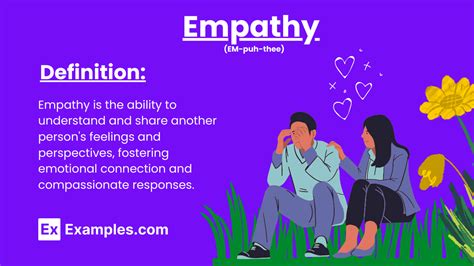Active listening is a cornerstone of effective communication, enabling us to truly understand others and build stronger connections. However, when we find ourselves in a tense situation—whether it’s a heated discussion, a stressful negotiation, or a difficult personal conversation—our ability to listen attentively often falters. Our minds race, defenses rise, and the urge to react can overshadow the intent to comprehend. Yet, it’s precisely in these moments that active listening becomes most crucial. This article explores how to cultivate and maintain your listening skills even when tension is high.
The Challenge: Why Tension Undermines Listening
When we feel tense, our bodies enter a mild state of fight-or-flight. This physiological response narrows our focus, making us more attuned to potential threats and less capable of processing nuanced information. Our adrenaline levels rise, our thoughts become fragmented, and our own emotional state can easily overshadow the speaker’s message. We might start formulating our rebuttal before the other person has finished speaking, or misinterpret their words through the lens of our own anxiety.

Pre-Listening Preparation: Calming the Inner Storm
Before you can effectively listen to someone else, you often need to calm your own internal landscape. This isn’t about ignoring your tension, but acknowledging it and giving yourself a moment to regulate.
1. Acknowledge Your Tension
Simply recognizing “I feel tense right now” can be incredibly powerful. Self-awareness is the first step towards self-regulation. Don’t judge the feeling; just observe it.
2. Take a Moment to Breathe
Engage in a few deep, slow breaths. Inhale slowly through your nose, hold for a few counts, and exhale slowly through your mouth. This simple act can help activate your parasympathetic nervous system, signaling to your body that it’s safe to relax.
3. Ground Yourself
If possible, take a brief pause. Feel your feet on the floor, or notice an object in the room. This helps bring your focus back to the present moment, away from racing thoughts about the past or future.

Active Listening Techniques When Tense
Once you’ve taken steps to manage your own tension, you can apply specific active listening techniques. Remember, the goal isn’t to agree, but to understand.
1. Focus on the Speaker, Not Your Response
Consciously shift your attention away from formulating your reply. Instead, commit to understanding the speaker’s perspective. What are they truly trying to communicate? What emotions are they expressing?
2. Paraphrase and Reflect
Even when tense, try to summarize what you’ve heard in your own words. For example, “So, if I understand correctly, you’re feeling frustrated because…” This not only confirms your understanding but also shows the speaker you’re engaged and helps them clarify their thoughts.

3. Ask Clarifying, Non-Judgmental Questions
Instead of making assumptions, ask open-ended questions to gain more information. “Can you tell me more about that?” or “What does that look like for you?” Avoid questions that start with “Why,” as they can sometimes sound accusatory.
4. Observe Non-Verbal Cues
Pay attention to body language, tone of voice, and facial expressions. These can often convey as much, if not more, than the spoken words, especially when emotions are running high. Are their arms crossed? Is their voice trembling? This information adds layers to your understanding.
5. Practice Empathy
Try to put yourself in the speaker’s shoes. Even if you don’t agree with their viewpoint, try to understand the feelings and motivations behind it. Empathy doesn’t mean condoning; it means comprehending another’s experience.

6. Postpone Your Response If Necessary
If you find yourself becoming overwhelmed and unable to listen effectively, it’s okay to ask for a pause. “I want to make sure I’m giving you my full attention, and I need a moment to process this. Can we take a five-minute break?” This is a sign of respect, not weakness.
The Benefits of Listening Through Tension
Mastering active listening in tense situations can dramatically improve your relationships, both personal and professional. It prevents misunderstandings, de-escalates conflicts, and builds trust. When people feel truly heard, even when emotions are raw, they are more likely to reciprocate that understanding and find common ground. It transforms potential arguments into opportunities for deeper connection and problem-solving.

Conclusion
Active listening when tense is a challenging but learnable skill. It requires self-awareness, emotional regulation, and a conscious commitment to understanding over reacting. By practicing techniques like deep breathing, paraphrasing, and asking clarifying questions, you can navigate difficult conversations with greater grace and effectiveness. The effort invested in truly hearing others, even when your own nerves are frayed, will undoubtedly lead to more resilient relationships and more peaceful resolutions.




